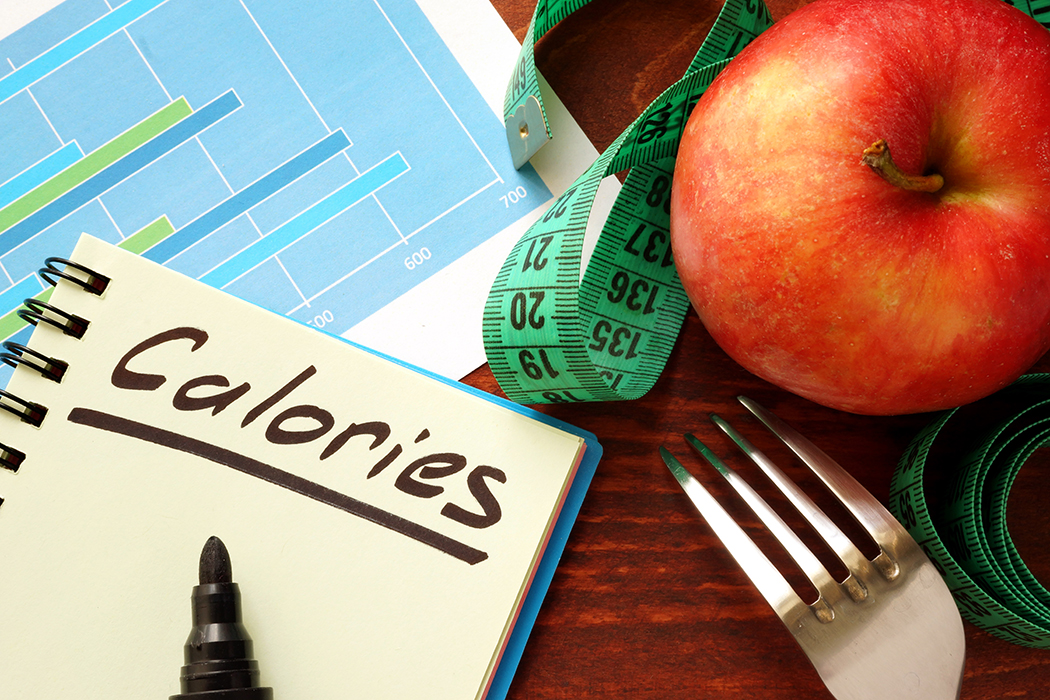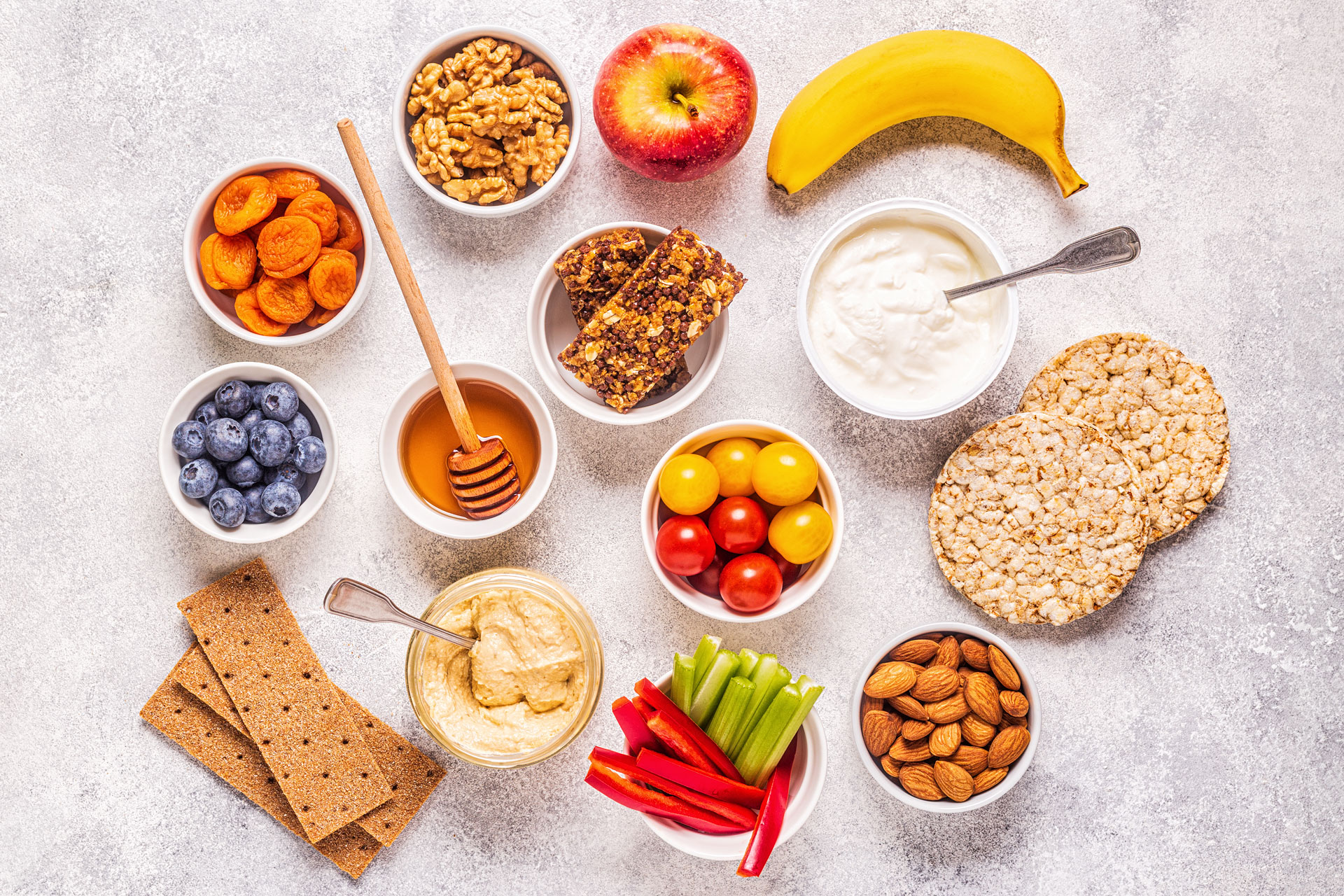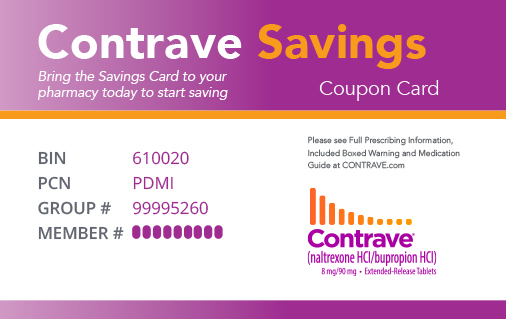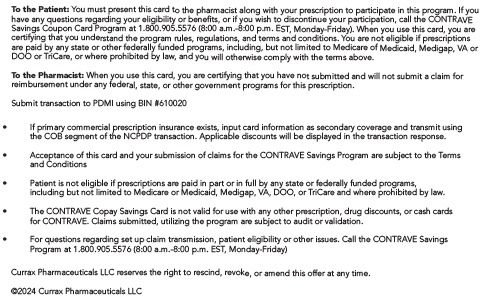Calorie Deficits: Everything You Need to Know
When it comes to losing weight, calorie deficits tend to be a central component of the calories in, calories out method of weight loss. By achieving a calorie deficit and burning more calories than you consume, you can gradually lose weight and keep it off. In this post, we’ll go into exactly what a calorie deficit is and how to get into a calorie deficiency to lose weight. We’ll also share some tips on calculating calorie deficit ranges (more on that later). Keep reading for helpful tips to get you on the path to healthier eating.
- What is a Calorie Deficit?
- How to Calculate a Calorie Deficit
- How Much of a Calorie Deficit Is Needed for Weight Loss?
- Calorie Deficit Risks
- Simple Tips for Eating Fewer Calories
- Final Notes
What is a Calorie Deficit?
To lose weight, your body must be in a calorie deficit. A calorie deficit means you are eating fewer calories than you burn off through exercise and normal daily activities. When you are in a calorie deficit, you can lose weight
because you burn more calories than you consume. On the other hand, if you are not in a deficit, you will either
maintain your current weight or gain weight as the body stores the extra calories as fat.
Tracking calories is key to losing weight with a calorie deficit. This can be tricky at first, but as you learn more about serving sizes, the ability to estimate how many calories you are consuming becomes easier. Using an app or food diary can help you keep track of your calories so you can know when you’re in a calorie deficit.
How to Calculate a Calorie Deficit
By figuring out how to calculate a calorie deficit, you can better determine a healthy and realistic pace for weight loss. The math used to calculate a calorie deficit is simple, but you first need to know the number of calories your body naturally burns while at rest—aka your resting metabolic rate (RMR).
To determine your RMR, you can use what is known as the Mifflin-St Jeor formula. The formula looks complicated but is not so much that you can’t use the calculator on your phone. There are also online calculators you can utilize.
If you don’t know your weight in kg or cm, you can also use an online calculator to convert your weight and height. For weight, you would divide your total weight in pounds by 2.2 to get your weight in kg. To calculate your height in cm, you would multiply your height in inches by 2.54 to convert to cm.
Females: (10 x [your weight in kg]) + (6.25 x [your height in cm]) – (5 x [your age in years]) – 161
Males: (10 x [your weight in kg]) + (6.25 x [your height in cm]) – (5 x [your age in years]) + 5
For example, a 45-year-old woman with a height of 5’4” (162 cm) and weight of 190 lbs. (86 kg) would have an initial score of 1,487
After you get your RMR from the equations above (we’ll use our example woman from above), use one of the activity multipliers below that most closely corresponds with your lifestyle to get your daily calorie requirement:
Sedentary (little or no exercise) – multiply by 1.2
Lightly active (light exercise 1 to 3 days/week) – multiply by 1.375
Moderately active (light to moderate exercise 4 to 5 days/week) – multiply by 1.55
Active (moderate exercise 6 to 7 days/week or intense exercise 3 to 4 times/week) – multiply by 1.725
Very active (intense exercise 6 to 7 times/week, sports training, or physical job) – multiply by 1.9
For example, our 45-year-old woman would need 1,784 calories/day if she lived a sedentary lifestyle and 2,304 calories/day if she was moderately active.
Once you figure out your daily calorie requirement, you can easily determine how many calories you should consume to achieve a deficit. For instance, if your daily calorie requirement is, like our example woman, 1,784 calories and you want to have a 300-calorie deficit, you would eat 1,484 calories a day.
How Much of a Calorie Deficit Is Needed for Weight Loss?
The calorie deficit you need to achieve to lose weight will vary based on your specific goals and body. However, in general, a daily 500 calorie deficit may allow you to see weight loss results.
Changes in both diet and exercise can help you customize a calorie deficit plan that works for you. By consuming less food or lower calorie food items, you can cut down on the number of calories you consume. At the same time, you can burn more calories by finding ways to be more active and sticking to a regular exercise routine.

Cutting out 500 calories a day can be an intimidating number for those just starting out. If that’s the case, try thinking about cutting back by 200 or 300 calories per day instead. Even though you will lose weight more slowly, it may be easier and more sustainable for you in the long term. Increase your exercise a little (think a daily walk), and you may still reach the “magical” 500 calorie deficit number.
It is also important to note that it can take some time before you begin to see results from a calorie deficit. It can take a week or two for your body to adjust and begin to burn away extra fat. Remember, too, that losing weight at the start of your calorie deficit plan may start with losing water weight, so your weight may appear to fluctuate. However, with a little time and consistency, you will likely start noticing real weight loss.
Calorie Deficit Risks
While going into a calorie deficit may be a great way to lose weight, it may also come with some risks. For example, if you jump directly into a major calorie deficit, your body may not adjust as easily as it would if you had a smaller deficit, and it may be harder to keep the deficit going. That’s why it’s important to listen to your body and consult with your healthcare provider when attempting to lose significant amounts of weight through a caloric deficit.
Beyond simply feeling a little unwell, you should know that there are some other significant risks that some people could face when entering a calorie deficit:
- If you have high or low blood pressure, remember that how much water you drink can affect your blood pressure.
- If you are living with type 2 diabetes, remember that your blood sugar may dip in a calorie deficit. Start slowly to track your blood sugar and see how it responds when you cut back on your meals.
Whether you are living with any current health conditions or if you are currently healthy, if you are looking to lose weight and have never tried a calorie deficit before, speaking with your healthcare provider is a must before you get started.
Simple Tips for Eating Fewer Calories
Calories are all around you, but you can take steps to avoid eating too many. Here are a few simple tips that will help keep you on track whether you are eating out or at home.
Stop Eating When You Are Bored
One of the best ways to cut down on excess calories is to stop eating when you’re bored. Consider taking up a hobby to distract yourself from bored eating or start a food diary where you track everything you eat (and why). Skipping an extra snack that you know you’re only grabbing because you’re bored at work is a simple way to help you get on the path to weight loss.
Avoid Highly Processed Foods
Highly processed foods are usually chock-full of salt, fat, and sugar that make it hard to lose weight. They are also more likely to be calorie-dense, so you don’t have to eat that much to consume a lot of calories. That is why it is a good idea to start cutting back on highly processed foods, swapping them out for more nutrient-rich options.
Need a few ideas? Try switching out a sugar-laden morning cereal with a healthier option like steel-cut oatmeal. Or, if you have a sweet tooth, cut out candy and opt for the natural sugars in fruit instead.
Cook at Home
When you eat out at a restaurant or pick up dinner in a drive-thru, the chances are that you’ll be eating and drinking a calorie-heavy meal. By making your own food at home, you control the nutritional profile. You can prepare healthier foods with fewer calories that help you lose weight by getting you into your calorie deficit.
One study found that those who ate at home six to seven times each week consumed 137 less daily calories when compared to those who ate out six to seven times a week. While it might not seem like much, that small difference week over week can add up to slow and steady weight loss or weight gain.
Home-cooked meals are generally better for you. That is because when we cook at home, we typically use less butter and salt. We are also better able to control portion sizes.
Looking for some home cooking inspiration? Below are some ideas for healthy breakfast meals, lunches, and dinners:
Breakfast
A healthy breakfast does not have to be huge. Try a single piece of wheat or whole grain toast along with a hard-boiled egg and a small amount of butter. Alternatively, you could grab a pre-mixed protein shake to go with a cup of fruit or make some oatmeal and pair it with a slice of turkey bacon.
Lunch
Getting your veggies in is important, and many have so few calories that you can really fill up freely. Try a big bowl of lettuce topped in oil and vinegar or balsamic vinegar (make sure to check for the sugar content and overall calories before you choose your preferred dressing). Add in veggies like tomatoes, avocados, and carrots. You can add an egg for protein or toss in a can of chicken or salmon. Add some almond slices for crunch, or use dried cranberries for a sweet, but tart, taste.
Dinner
If you want to have a solid dinner that fills you up but won’t send you over your day’s calorie goals, try a single serving of chicken with half of a potato or a half serving of rice. Add in salads, a single serving of fruit, and healthy oils to round out the meal and give it more flavor.
Watch What You Drink
Drinks can really cause you to take in a significant number of calories without realizing it. Think about a large soda at a fast-food restaurant, which is often as large as 32 or 48 ounces. Those calories add up quickly. Avoiding calorie-heavy beverages such as soda, sugary drinks, and alcohol can make it easier to reduce your overall calorie intake. Diet beverages have their place, but nothing replaces the hydration power of water.
Final Notes
If you are struggling with your weight or just want to start working on getting healthier, a calorie deficit can help you reach your goals. By following a healthy, balanced diet and exercising to lose weight, you can begin taking advantage of a caloric deficit to help you shed pounds.
Try the tips above if you need help with weight loss. Most importantly, be consistent in your efforts. Remember, healthy weight loss occurs over the long term—so be patient with yourself and the process!
Related Resources

Healthy Snacks That Are Good for Weight Loss
View
Healthy Breakfast Meals for Weight Loss
View
Best Healthy Foods for Your Weight Loss Journey
ViewLatest Resources
Ask your healthcare provider about CONTRAVE
Get help starting the conversation.
The CONTRAVE Chronicles Blog
Get recipes, workouts, success stories, and healthy lifestyle tips.
Just getting started with CONTRAVE?
See what you can expect.



